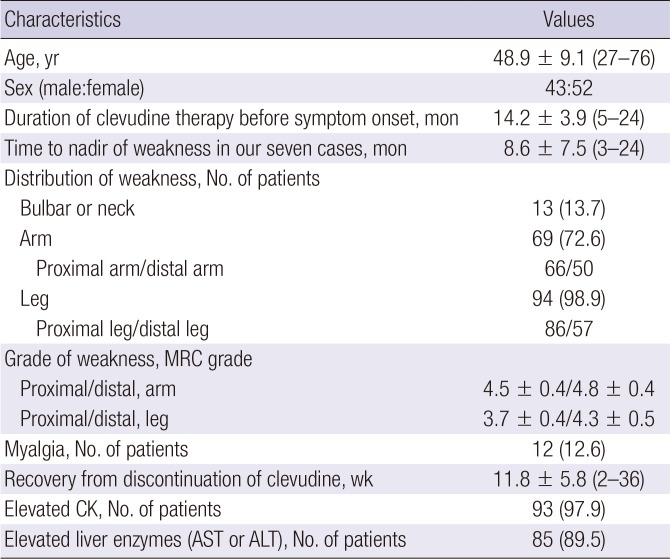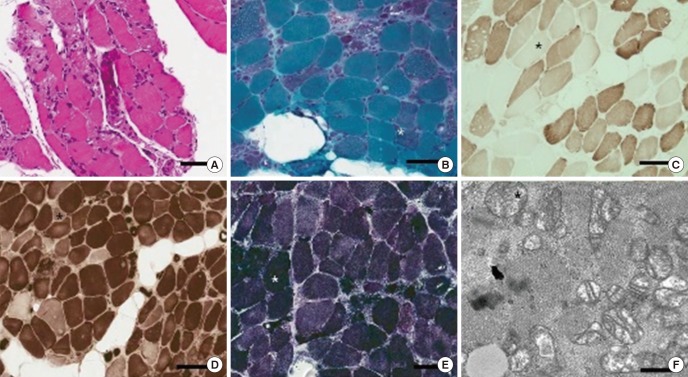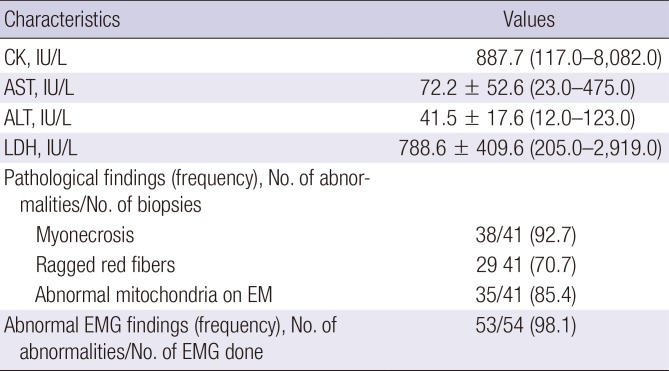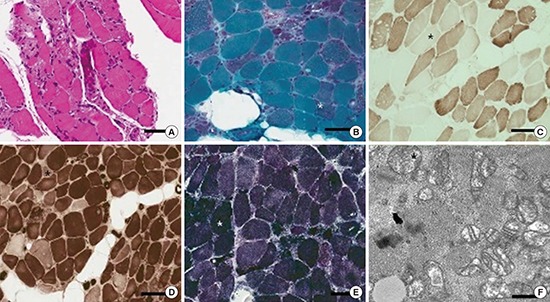1. Lam YF, Yuen MF, Seto WK, Lai CL. Current antiviral therapy of chronic hepatitis B: efficacy and safety. Curr Hepat Rep. 2011; 10:235–243. PMID:
22131901.
2. Lok AS, McMahon BJ, Brown RS Jr, Wong JB, Ahmed AT, Farah W, Almasri J, Alahdab F, Benkhadra K, Mouchli MA, et al. Antiviral therapy for chronic hepatitis B viral infection in adults: a systematic review and meta-analysis. Hepatology. 2016; 63:284–306. PMID:
26566246.
3. Korba BE, Furman PA, Otto MJ. Clevudine: a potent inhibitor of hepatitis B virus in vitro and in vivo. Expert Rev Anti Infect Ther. 2006; 4:549–561. PMID:
17009935.
4. Yoo BC, Kim JH, Chung YH, Lee KS, Paik SW, Ryu SH, Han BH, Han JY, Byun KS, Cho M, et al. Twenty-four-week clevudine therapy showed potent and sustained antiviral activity in HBeAg-positive chronic hepatitis B. Hepatology. 2007; 45:1172–1178. PMID:
17464992.
5. Manzoor S, Saalim M, Imran M, Resham S, Ashraf J. Hepatitis B virus therapy: what's the future holding for us? World J Gastroenterol. 2015; 21:12558–12575. PMID:
26640332.
6. Seok JI, Lee DK, Lee CH, Park MS, Kim SY, Kim HS, Jo HY, Lee CH, Kim DS. Long-term therapy with clevudine for chronic hepatitis B can be associated with myopathy characterized by depletion of mitochondrial DNA. Hepatology. 2009; 49:2080–2086. PMID:
19333909.
7. Kim BK, Oh J, Kwon SY, Choe WH, Ko SY, Rhee KH, Seo TH, Lim SD, Lee CH. Clevudine myopathy in patients with chronic hepatitis B. J Hepatol. 2009; 51:829–834. PMID:
19615776.
8. Kim JY, Yoon YS, Park KD, Koo H. Myopathy due to chronic clevudine therapy: a case report. Korean J Pathol. 2009; 43:575–579.
9. Yang CY, Park SA, Kim HS, Shin YI. Polymyositis in patients taking antiviral clevudine therapy: a report of two cases. NeuroRehabilitation. 2010; 26:159–162. PMID:
20203382.
10. Seok JI. Clinical and pathological features of clevudine induced myopathy. J Korean Neurol Assoc. 2013; 31:26–31.
11. Lee JW, Lee YJ, Lee JJ, Kim JH, Jung YK, Kwon OS, Choi DJ, Kim YS, Kim JH. Efficacy of entecavir switching therapy in chronic hepatitis B patients with clevudine-induced myopathy. Korean J Gastroenterol. 2013; 61:30–36. PMID:
23354347.
12. Tak WY, Park SY, Cho CM, Jung MK, Jeon SW, Kweon YO, Park JY, Sohn YK. Clinical, biochemical, and pathological characteristics of clevudine-associated myopathy. J Hepatol. 2010; 53:261–266. PMID:
20466447.
13. Jang JH, Kim JW, Jeong SH, Myung HJ, Kim HS, Park YS, Lee SH, Hwang JH, Kim N, Lee DH. Clevudine for chronic hepatitis B: antiviral response, predictors of response, and development of myopathy. J Viral Hepat. 2011; 18:84–90. PMID:
20196804.
14. Yoon EL, Yim HJ, Lee HJ, Lee YS, Kim JH, Jung ES, Kim JH, Seo YS, Yeon JE, Lee HS, et al. Comparison of clevudine and entecavir for treatment-naive patients with chronic hepatitis B virus infection: two-year follow-up data. J Clin Gastroenterol. 2011; 45:893–899. PMID:
21617542.
15. Scruggs ER, Dirks Naylor AJ. Mechanisms of zidovudine-induced mitochondrial toxicity and myopathy. Pharmacology. 2008; 82:83–88. PMID:
18504416.
16. Masini A, Scotti C, Calligaro A, Cazzalini O, Stivala LA, Bianchi L, Giovannini F, Ceccarelli D, Muscatello U, Tomasi A, et al. Zidovudine-induced experimental myopathy: dual mechanism of mitochondrial damage. J Neurol Sci. 1999; 166:131–140. PMID:
10475107.
17. Ambang T, Tan JS, Ong S, Wong KT, Goh KJ. Clinicopathological features of Telbivudine-associated myopathy. PLoS One. 2016; 11:e0162760. PMID:
27611456.
18. Gwak GY, Eo SJ, Shin SR, Choi MS, Lee JH, Koh KC, Paik SW, Yoo BC. A comparison of clevudine and entecavir for treatment-naïve patients with chronic hepatitis B: results after 2 years of treatment. Hepatol Int. 2013; 7:106–110. PMID:
26201625.







 PDF
PDF ePub
ePub Citation
Citation Print
Print




 XML Download
XML Download